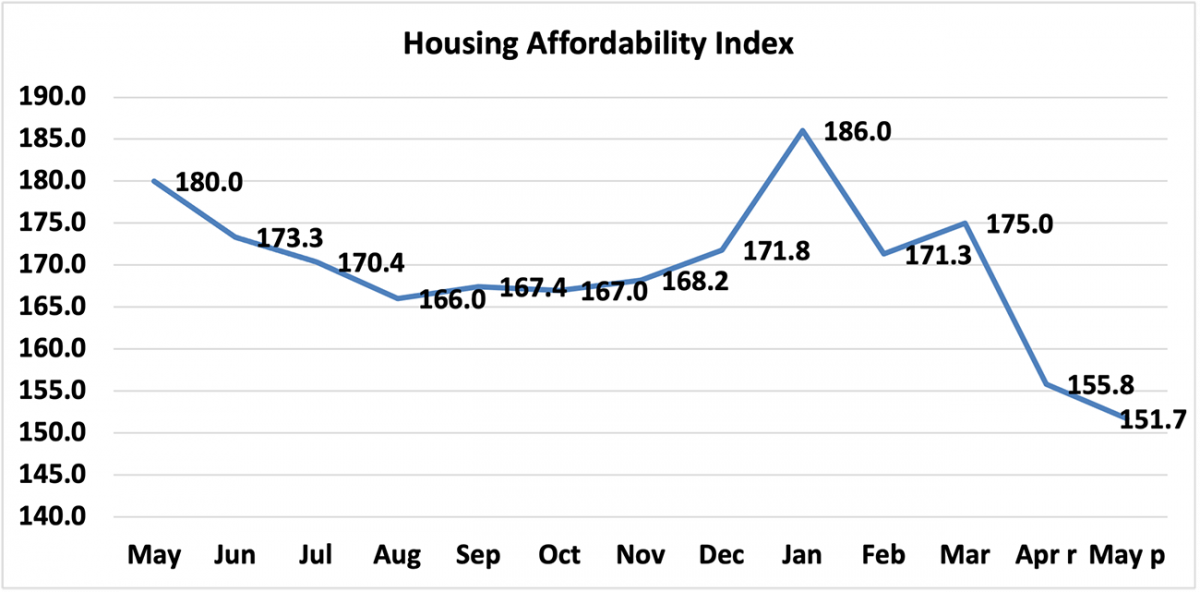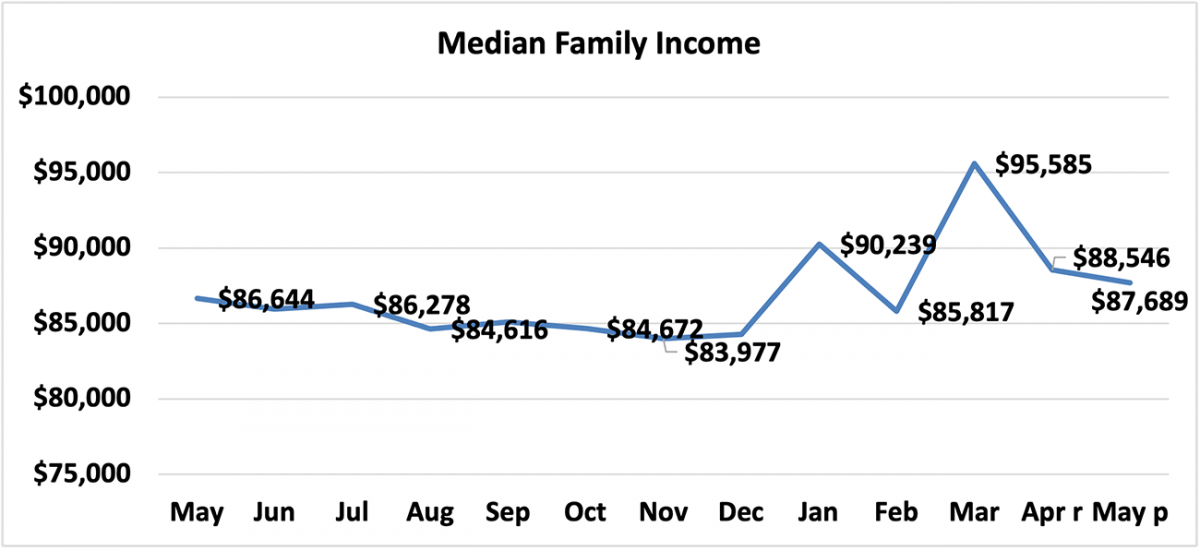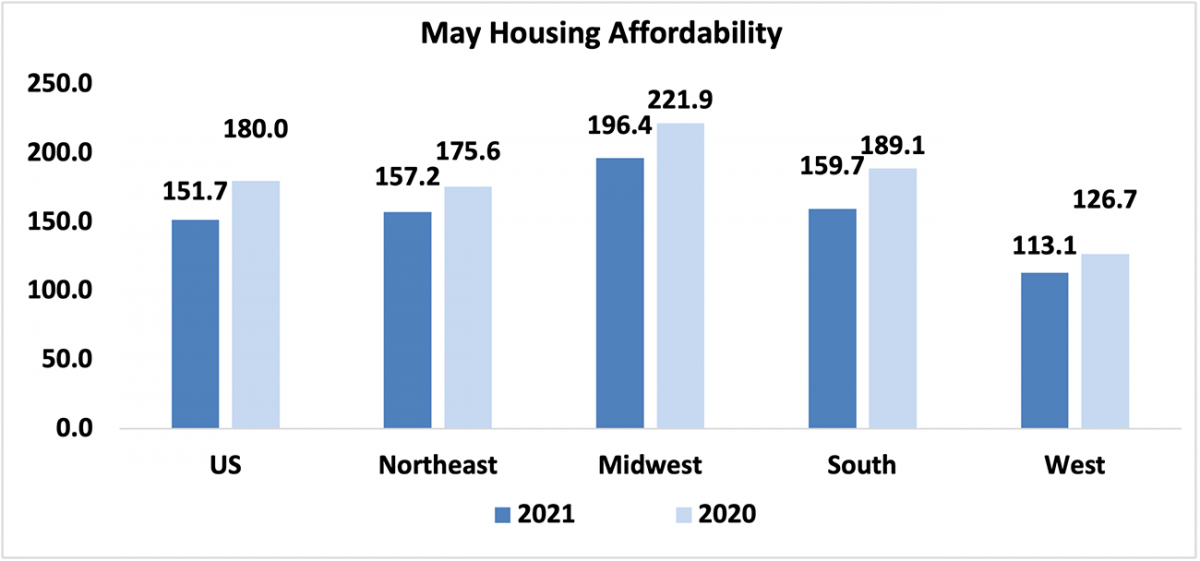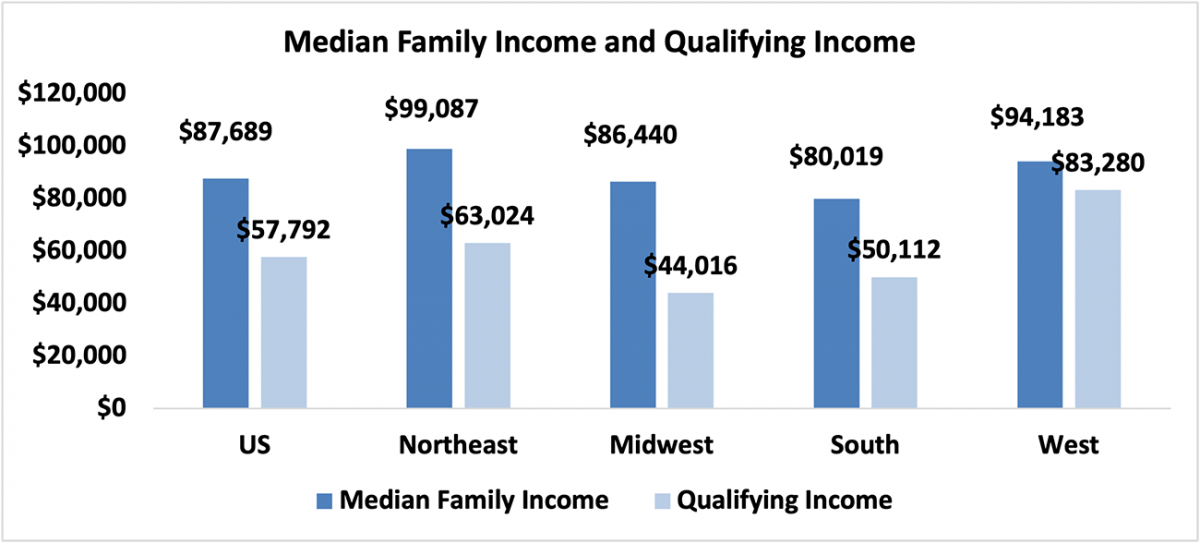Housing affordability plunges
Boston Condos for Sale and Apartments for Rent
Housing affordability plunges
Spring/Summer 2025 Nationally and in our local condos for sale in Boston market, thinks are getting tough for home buyers. Inventory is still low, although increasing, but so are Boston condo for sale prices in some areas. No major price decrease in the horizon, but things can always change at a drop of a hat
Peace be with you – condo for sale buyers keep the faith
This content is currently unavailable. Please check back later or contact the site's support team for more information.
Click Here to view: Google Ford Realty Inc Reviews
Ford Realty Beacon Hill – Condo for Sale Office
Boston condos for sale – Ford Realty Inc
Updated: Boston Condos for Sale Blog 2025
John Ford Boston Beacon Hill Condo Broker 137 Charles Street Boston, MA. 02114
Looking for a Boston Back Bay or Beacon Hill condo?
Call today! 617-595-3712
*****************************
***********************************
Housing affordability plunges
Boston housing affordability is plunging in 2025, but Gov. Healey has a plan.
Gov. Healey announces $158M in funding for affordable housing developments statewide
The Healey-Driscoll Administration has announced a $158 million investment in low-income housing tax credits and subsidies for more than a dozen affordable housing projects across Massachusetts.
The funds will benefit 14 projects across 12 communities aimed at creating and preserving 1,138 affordable housing units for seniors and families.
According to the governor’s office, the funds come in part from Gov. Maura Healey’s 2023 $1 billion tax relief bill which increased the low-income housing tax credit to $60 million per year, a $20 million boost aimed at helping the state support more affordable housing production.
Healey called high housing costs one of the biggest challenges facing Massachusetts residents and said her administration refuses to “kick the can down the road.”
“We need to increase housing production across the state to lower costs – and these affordable housing awards will help us get there,” said Healey. “Because of our tax cuts package, we’re able to give out more funding than ever before, which will directly support the creation of more than 1,000 affordable homes for seniors and families across our state.”
The projects benefiting from the funds include new senior developments, a “deep energy retrofit” and converting an old mill into housing. Among the projects, 95% of the units will be affordable for seniors and families earning less than 60% of the area median income (AMI), at least 327 units will be deeply affordable and restricted to those earning less than 30% of the AMI.
“Every dollar we’re delivering to developers and communities directly translates into new, affordable homes for residents across our state,” said Lt. Gov. Kim Driscoll.
The 14 projects include:
- The Brian J. Honan Apartments in Allston-Brighton, which will offer 50 rehabilitated and affordable units.
- The Brooke House at Olmsted Village in Boston, which will offer 127 affordable senior units.
- Warren Hall in Boston, which will have 35 units, 33 of which will have affordable rent restrictions and eight restricted for households earning less than 30% AMI.
- Phase 1 of the Campello Redevelopment in Brockton, which when complete will have 144 affordable to low-income units for seniors.
- Blanchard 1 and 2 in Cambridge, which will include 110 affordable units for those at least 55 years old.
- Hamilton’s Asbury Commons will include 45 total affordable units, with 29 units restricted for families earning less than 60% AMI and 16 restricted for families earning less than 30%.
- Harbor Vue in Hyannis will have 120 total units for individuals and families, 70 of which will be affordable to households earning less than 60% AMI, with 16 units further restricted for those earning less than 30%.
- Phase two of Marriner Mill adaptive re-use in Lawrence will offer 76 total affordable units.
- The New Bedford Scattered Sites project will feature 83 units, 73 of which will be affordable for families and/or senior households and 20 further restricted to households earning less than 30% of AMI.
- Cranberry Commons senior housing in Plymouth will offer 62 units, all of which will be affordable for seniors earning less than 60% AMI and 13 further restricted for seniors earning less than 30%.
- El Centro senior housing in Salem will offer 48 units across two buildings. All units will be affordable for seniors earning less than 60% AMI, with eight further restricted for those earning less than 30%.
- The adaptive reuse of Merrick Park Apartments in Springfield, which when complete will have 62 affordable units for households earning less than 60% AMI and at least eight further restricted for those earning less than 30%.’
- Wayland’s St. Ann’s Senior Villagewill have 60 affordable units for seniors earning less than 50% AMI, with 15 further restricted for those earning less than 30%.
- Worcester’s Lakeside Apartments project will offer 116 affordable units for families earning less than 60% AMI and 87 further restricted for households earning less than 30%.
Boston Condos for Sale

Ford Realty Inc., Boston Real Estate for Sale
Click to View Google Reviews from 2000 – 2025
Contact Ford Realty at 617-595-3712
Where is Ford Realty Located?
Ford Realty is located in 137 Charles Street in Beacon Hill
Housing affordability plunges
Housing affordability plunges
Housing affordability plunges
The aughts are back in style, with early-2000s inspiration trending in fashion, music and mortgage costs.
Housing affordability last month reached its lowest point since at least 2007, according to a recent report from Zillow. That’s as far back as the company’s affordability metric goes.
Boston condo for sale prices continued their rise, though the growth acceleration finally showed signs of slowing last month. Meanwhile, mortgage rates and payments continue to balloon, while inventory is not recovering quickly enough to ease the supply-demand disparity.
Mortgage rates were flirting with the 6 percent mark last week, mere months after exceeding the 5 percent threshold. The rates are still historically low, but significantly higher than they were in the first couple of years of the pandemic.
As a result, mortgage payments are rocketing. At Thursday’s average rate of 5.78 percent, the mean monthly mortgage payment in the country would be $2,127, according to Zillow. That’s a 51 percent surge year-over-year and a 36 percent increase from the beginning of the year.
In April, monthly mortgage payments took 28 percent of homeowners’ income.
There are small glimmers of hope for Boston condo buyers. According to Zillow’s index, price growth in April was 20.9 percent versus 20.7 percent in May. Last month was the first in more than a year to feature a deceleration in price growth, according to Zillow; the S&P CoreLogic Case-Shiller Index for May won’t be out until late next month.
Inventory is also showing signs of recovery. Listings increased 10.5 percent from the previous month in April. Listings are still 14.2 percent below levels from the previous year, though, and 50 percent below the mark of May 2019.
Weary Boston condo buyers can’t exactly kick back and turn to the Boston apartment rental market. The Boston apartment rental market is also shooting up similarly to mortgage payments — May’s annual rent appreciation was 15.9 percent and the typical rent in the country was only a few cups of coffee shy of $2,000; Redfin reported that the benchmark was exceeded last month.
Click Here to view: Google Ford Realty Inc Reviews
![]()
At the national level, housing affordability declined in May compared to a year ago according to NAR’s Housing Affordability Index, as the median family incomes rose modestly by 1.2% while the monthly mortgage payment increased 20%. The effective 30-year fixed mortgage rate1 was 3.01% this May compared to 3.29% one year ago, but the median existing home sales price rose 24.4% from one year ago.
Compared to the prior month, affordability also worsened as the monthly mortgage payment rose by 1.7% while the median family income declined by 1.0%.
As of May 2021, the national and regional indices were all above 100, meaning that a family with the median income had more than the income required to afford a median-priced home. The income required to afford a mortgage, or the qualifying income, is the income needed so that mortgage payments account for 25% of family income.2 The most affordable region was the Midwest, with an index value of 196.4 (median family income of $86,440 with a qualifying income of $44,016). The least affordable region remained the West, where the index was 113.1 (median family income of $94,183 and a qualifying income of $83,280). The South was the second most affordable region with an index of 159.7 (median family income of $80,019 and a qualifying income of $50,112) The Northeast was the second most unaffordable region with an index of 157.2 (median family income of $99,087 and a qualifying income of $63,024).
Housing affordability3 declined from a year ago in of the four regions. The South had the biggest decline of 15.5%. The Midwest region experienced a weakening in price growth compared to a year ago of 11.5%, followed by the West with a dip of 10.7%. The Northeast had the smallest decrease of 10.5%.
Affordability is down in all four regions from last month. The South had the biggest decline of 3.9% followed by the Midwest which fell 3.1%. The West region fell modestly 0.5% followed the Northeast region with the smallest decrease of 0.4%.
Nationally, mortgage rates were down 28 basis points from one year ago (one percentage point equals 100 basis points).
Compared to one year ago, the monthly mortgage payment rose to $1,204 from $1,003, an increase of 20.0%, The annual mortgage payment as a percentage of income inclined to 16.5% this May from 13.9% from a year ago due to higher home prices and a decline in median family incomes. Regionally, the West has the highest mortgage payment to income share at 22.1 % of income. Home prices in the West have reached an all-time high of $513,700. The Northeast had the second highest share at 15.9% followed by the South with their share at 15.7%. The Midwest had the lowest mortgage payment as a percentage of income at 12.7%. Mortgage payments are not burdensome if they are no more than 25% of income.4
With an abundance of buyers looking at slowly increasing inventory, demand is forcing home prices to continue to rise. Mortgage rates have been declining for the last three months and are still historically low.
This week, The Mortgage Bankers Association reported a decline in mortgage applications from a week ago.5 Mortgage credit availability was up 1.4 in May which means credit was loosening.
What does housing affordability look like in your market? View the full data release.
The Housing Affordability Index calculation assumes a 20% down payment and a 25% qualifying ratio (principal and interest payment to income). See further details on the methodology and assumptions behind the calculation.
‘Housing affordability plunges’
Higher income, backed up by lower mortgage rates, has expanded the financial reach of the average homebuyer. However, an increased demand for homes has concurrently driven up prices, negating two of the three main factors in the index, First American said in a press release.
Boston real estate and lower mortgage rates
“Lower mortgage rates and higher household income compared with one year ago propelled an 11% increase in house-buying power. However, surging house-buying power drives demand, and rising demand in a supply constrained market accelerates nominal house price appreciation,” chief economist Mark Fleming said. “In March, the final component of the RHPI, nominal house prices, appreciated at its fastest annual pace since 2005, 14.8%, wiping out any affordability boost from rising house-buying power.
First American’s index measures the price changes of single-family properties adjusted for the impact of income and interest rates on consumer homebuying power at national, state and metropolitan levels.
Geographically, the drop in affordability was widespread, according to First American.
The five markets with the greatest year-over-year declines in affordability were Kansas City, Mo.; Phoenix; Tampa, Fla.; Seattle; and Austin, Texas.
“In March, Kansas City had the greatest year-over-year decrease in affordability, mostly due to the 4.3% annual decline in household income and a 16.5% increase in nominal house prices compared with a year ago,” Fleming said. “Phoenix and Tampa both had even faster nominal house price appreciation than Kansas City, but household incomes held steady in both markets, so the relative affordability loss was less than in Kansas City. Seattle and Austin faced both faster nominal house price growth and lower household income, fueling declines in affordability in both cities.”
Downtown Boston real estate for sale
____________________________________________________________________________________________________
It feels strange to write about Boston condos for sale affordability during a pandemic with high unemployment. Even though mortgage rates are down the cost of housing is outpacing wage growth.
According to the National Association of Realtors affordability has declines which is a kind of backward way of saying the housing is less affordable:
“Affordability is down in two of the four regions from last month. The South had a gain of 1.8% followed by the Midwest with an incline of 2.3%. The Northeast had a decline of 1.1% followed by the West with a dip of 2.3%.”
Housing. Regionally, the West has the highest mortgage payment to income share at 20.9% of income. The Northeast had the second highest share at 15.0% followed by the South with their share at 14.7%.
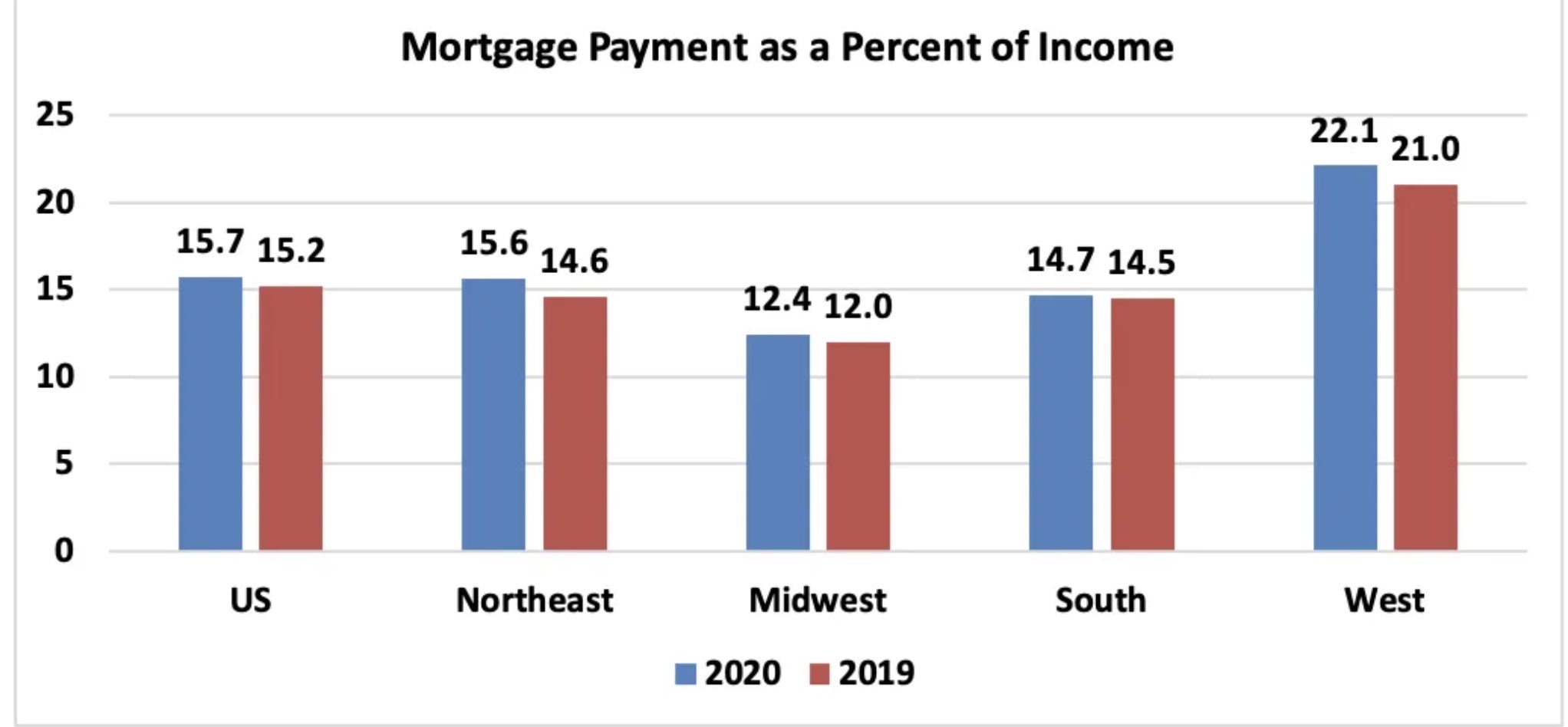
Boston real estate
*The chart is a screen print from the National Association of Realtors website.
Filed under: Making do
Back to Boston condos for sale homepage
Contact me to find out more about this property or to set up an appointment to see it.
SEARCH FOR CONDOS FOR SALE AND RENTALS
For more information please contact one of our on-call agents at 617-595-3712.
Downtown Boston real estate for sale

Ford Realty Inc., Charles Street, Beacon Hill
Click Here to view: Google Ford Realty Inc Reviews
